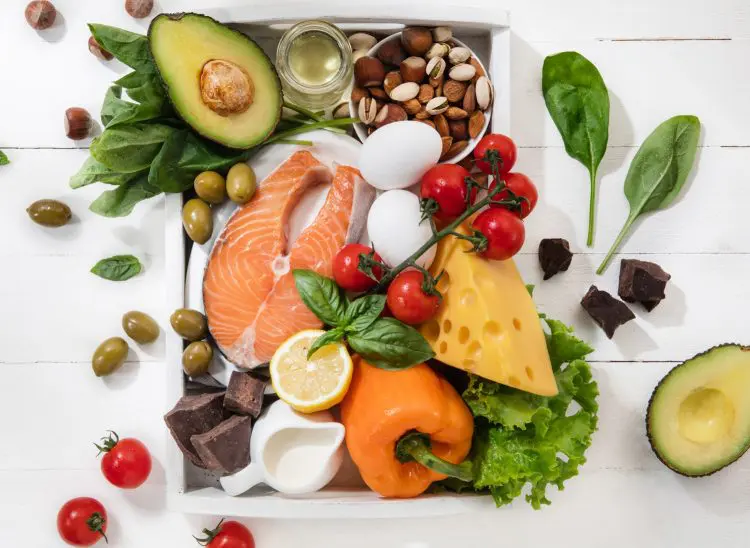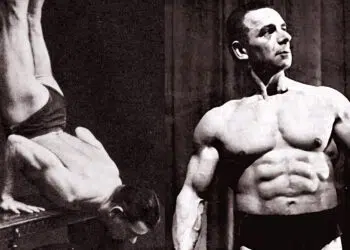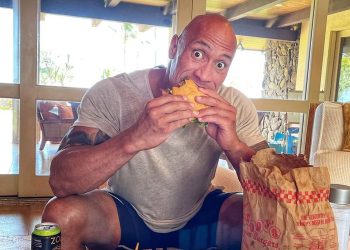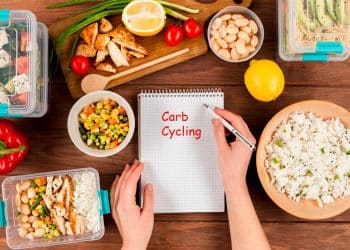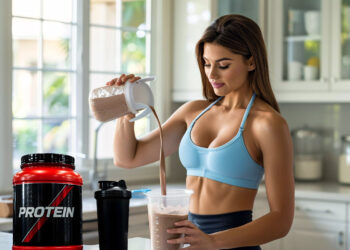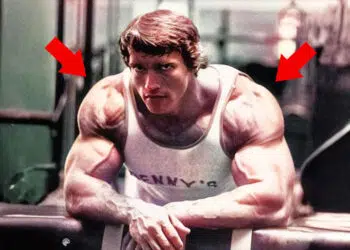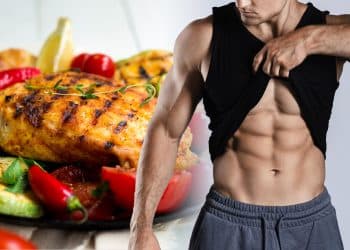Many believe bodybuilding’s peak was in the 1970s and 1980s, often called the golden era. During this time, bodybuilders were not only muscular and lean but also athletic-looking, featuring clearly defined waists and the classic V-shaped torso. “Mass monsters” were rare.
There were no growth hormone guts, and bodybuilders of the past might have been healthier. Steroids were used, but in much smaller doses than today’s standards. Elite competitors cycled them, spending equal time off the performance-enhancing drugs as on them.
Training-wise, old-school bodybuilding workouts haven’t changed much. In the 1970s and 1980s, bodybuilders primarily used body part splits, like the push-pull-legs program. Even Arnold Schwarzenegger occasionally used full-body workouts for variety.
Modern bodybuilding gyms are better equipped than those of the past, and resistance training machines are more sophisticated. However, compound exercises like squats and bench presses were the foundation of most muscle-building workouts, much like today.
Nutritionally, things have evolved. In the 1970s and 1980s, processed foods were rare, and supplements were less common. Bodybuilders ate normal diets and rarely followed fad diets.
So, how did the bodybuilding stars of the golden era fuel their workouts and eat for muscle mass? Let’s take a look!
Level Up Your Fitness: Join our 💪 strong community in Fitness Volt Newsletter. Get daily inspiration, expert-backed workouts, nutrition tips, the latest in strength sports, and the support you need to reach your goals. Subscribe for free!
Protein
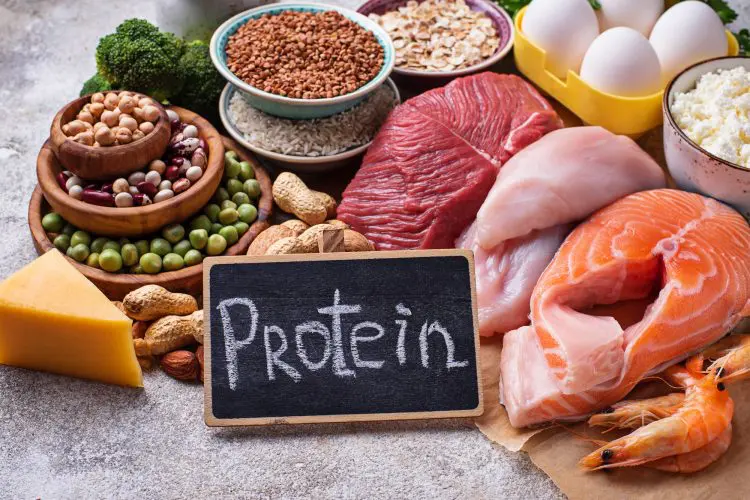
Protein is crucial for muscle building. Training causes microscopic damage to muscle tissues. With rest, your body repairs this damage, leading to bigger and stronger muscles—a process called anabolism.
Your body uses protein, specifically the amino acids in protein, to repair training-induced damage, akin to a builder using bricks.
Modern bodybuilders consume a lot of protein, ensuring adequate intake with protein shakes. Options include whey, caseinate, beef isolate, and plant-based protein powders in various flavors.
Old-school bodybuilders lacked such variety in protein powders. Milk and egg protein powders existed but often caused stomach upsets and were less popular.
How did golden-era bodybuilders ensure sufficient protein intake? They consumed a lot of meat and other animal products.
Vegetarian bodybuilders were rare, with Bill Pearl being a notable exception. Most successful bodybuilders ate meat several times a day and in large quantities.
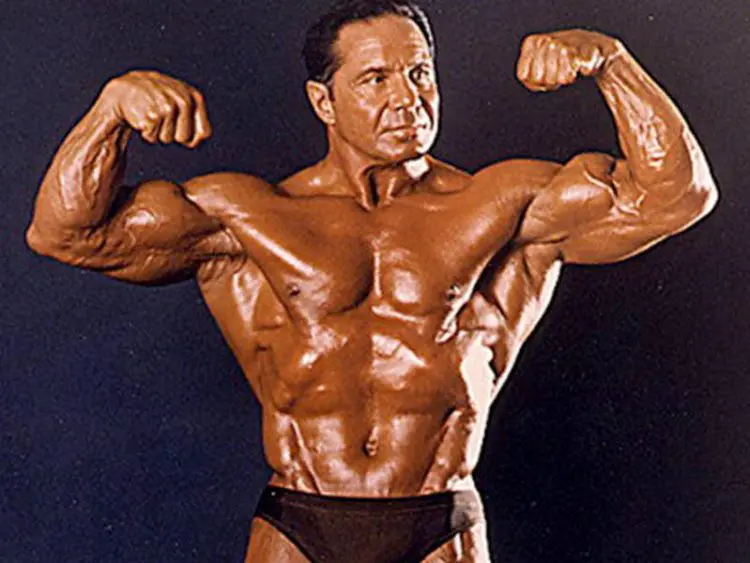
High protein staples from the golden era of bodybuilding included:
- Beef – steak was especially popular
- Chicken and turkey – cooked in their skin
- Eggs – usually eaten whole
- Fish – especially tuna
- Cottage cheese
- Milk
Tip: Find your daily protein intake.
Instead of protein shakes, bodybuilders ate high-protein foods at every meal and snack.
Some mixed dried milk powder with milk to boost protein intake.
The gallon of milk a day diet, or GOMAD, was popular for bulking. It involved drinking a gallon of milk daily along with regular meals to increase protein and calorie intake. This was an easy and cheap method to bulk up, though not suitable for the lactose intolerant.
The GOMAD diet was often combined with the 20-rep squat routine for bulking purposes.
Carbohydrate
Carbohydrates provide energy for workouts. When consumed, carbs are broken down into glucose, stored in the liver and muscles as glycogen, and some remains in the blood to fuel the brain. Excess glucose is converted and stored as fat.
Like modern bodybuilders, old-school bodybuilders understood the importance of adequate carbohydrate intake without overconsuming to avoid fat gain. Carb cycling was a common practice.
Carb cycling involves adjusting carb intake based on training phases. For example, low-carb diets help shed body fat before competitions. This often meant eating fewer bread, rice, and potatoes and more salads and non-starchy vegetables.
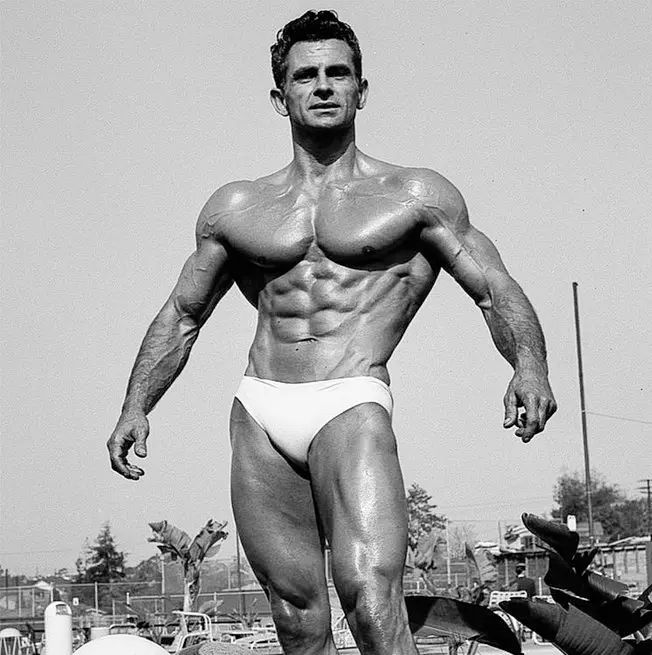
Some bodybuilders took radical approaches, like eliminating carbs altogether before competitions. Bodybuilding guru Vince Gironda recommended a steak and egg-only diet for three weeks before a show. However, many bodybuilders consumed carbs year-round in varying amounts.
Popular old-school bodybuilding carb foods included:
- Potatoes, yams, and other starchy vegetables
- Bread
- Rice
- Pasta
- Oatmeal
- Pancakes
- Fruit, especially bananas
In general, most old-school carbs were unprocessed. This ensured that, as well as energy, they ate plenty of vitamins, minerals, and fiber. As such, most golden-era bodybuilders ate very healthily.
Level Up Your Fitness: Join our 💪 strong community in Fitness Volt Newsletter. Get daily inspiration, expert-backed workouts, nutrition tips, the latest in strength sports, and the support you need to reach your goals. Subscribe for free!
The main thing missing from the diets of old-school bodybuilders is sugar. Sugar consumption, in general, was lower in the 1970s and 1980s than it is today, and bodybuilders were especially careful not to consume too much.
Sugar was viewed as a source of “empty calories.” This meant it provided energy but had no nutritional benefit or value. Bodybuilders who wanted something sweet were more likely to use maple syrup or honey than sugar, and high sugar snacks like candy were mostly avoided.
In summary, carb intake tended to be higher during bulking and then lower when it was time to shed some fat and get ready for a competition. However, very low carb and keto diets were relatively rare, although a few athletes used them during the lead-up to a bodybuilding show.
Fats
One of the most significant differences between the old-school bodybuilding diet and the modern bodybuilding diet is the amount and type of fat consumed. Where many modern bodybuilders try to keep their fat intake relatively low, golden-era bodybuilders used to eat fat in abundance.
The main source of fat in the old-school bodybuilding diet was protein. Things like red meat, dairy, and whole eggs all contain a lot of fat. Chicken and turkey were also eaten with the skin intact, which is another source of fat.
In contrast, most modern bodybuilders rely on lower-fat and fat-free protein foods and pick the fats they do eat more carefully, such as olive oil, avocados, and flaxseeds. Egg white omelets, skinless chicken breasts, and fat-free protein shakes are current dietary staples.
Fat is an important nutrient that plays an essential part in the synthesis of anabolic hormones, including testosterone, growth hormone, and IGF-1. A very low-fat diet is not necessarily healthy and could even impair muscle growth.
However, fat is also calorically dense, coming in at nine calories per gram, as opposed to four calories a gram for both carbs and protein. Because of this, some old-school bodybuilders would reduce their fat intake during the run-up to a show.
The rest of the time, many would purposely eat more fat to help them gain weight and bulk up. It was not uncommon for the bodybuilders of the golden era to chug down cups of cream to make sure they gained weight in the off-season.
Tip: Calculate Your Recommended Daily Fat Intake.
Supplements
The supplement industry was nascent in the 1970s and 1980s. Golden-era bodybuilders relied mainly on food for nutrition, with few supplements available and minimal impact.
Old-school bodybuilding supplements included:
- Brewer’s yeast – a source of B vitamins
- Desiccated liver – a source of protein, vitamins, and minerals
- Milk and egg protein powder
- Chitosan – a fat blocker made from crushed seashells
- Vanadyl sulfate – to increase insulin sensitivity
- Sodium bicarbonate – to neutralize lactic acid
- Glandulars – dried animal testes thought to be a testosterone source
- Multivitamins and minerals
This list is short compared to today’s offerings. Creatine was gaining popularity around this time, leading to the development of more supplements.
Nowadays, fat burners, testosterone boosters, pre-workout energizers, and protein shakes are common. However, many old-school bodybuilders didn’t use supplements.
Sample Old-School Bodybuilding Diet
As is the case today, there is no one-size-fits-all bodybuilding diet. Ask ten bodybuilders what they eat, and you’ll get ten different answers! We all have different nutritional needs and preferences, influenced by factors like allergies and intolerances.
However, we can provide an example of a typical old-school bodybuilder’s diet:
- Breakfast – Beef patty or bacon, three whole eggs, cottage cheese, oatmeal, orange juice.
- Mid-morning snack – Can of tuna or hard-boiled eggs.
- Lunch – Chicken or fish, large salad, baked potato, milk.
- Mid-afternoon snack – Can of tuna or hard-boiled eggs.
- Dinner – Steak or Chicken with rice and vegetables, milk.
- Evening snack – Cottage cheese and vegetable omelet.
Like a lot of modern bodybuilders, old-school bodybuilders also enjoyed occasional cheat days. These often happened on Sundays. On a cheat day, they ate the foods they couldn’t eat during the week. This usually coincided with a day off from training, as many of them trained Monday to Saturday.
Popular cheat foods included ice cream, pies and cakes, candy, soda, and desserts. However, these cheat foods made up a very small percentage of their weekly caloric intake.
Read also: How to Lose Weight Without Dieting – And Keep it Off!
Wrapping Up
Modern bodybuilding diets can seem complex, with macros, glycemic index, and meal timing to consider. While a finely tuned diet can yield marginally better results, a more old-school approach can be similarly effective.
Eating like an old-school bodybuilder means consuming mostly natural foods in large quantities. Aim for protein at every meal, get carbs from sources like oatmeal, rice, and potatoes, and don’t worry too much about fats in foods like eggs, meat, and dairy. With hard training, natural dietary fats can be beneficial.
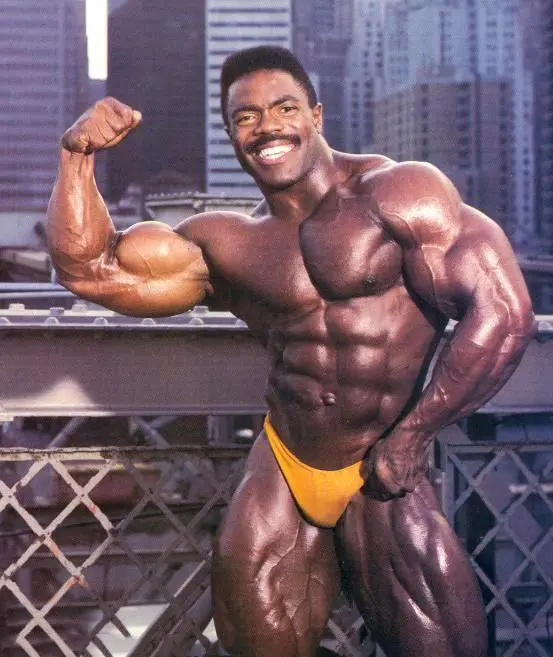
I once asked old-school bodybuilder Phil Hill about his diet. He said, “steak and potatoes for bulking and chicken and salad for cutting”. This oversimplification provides a practical basic guideline.

